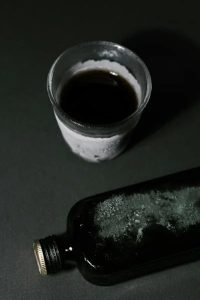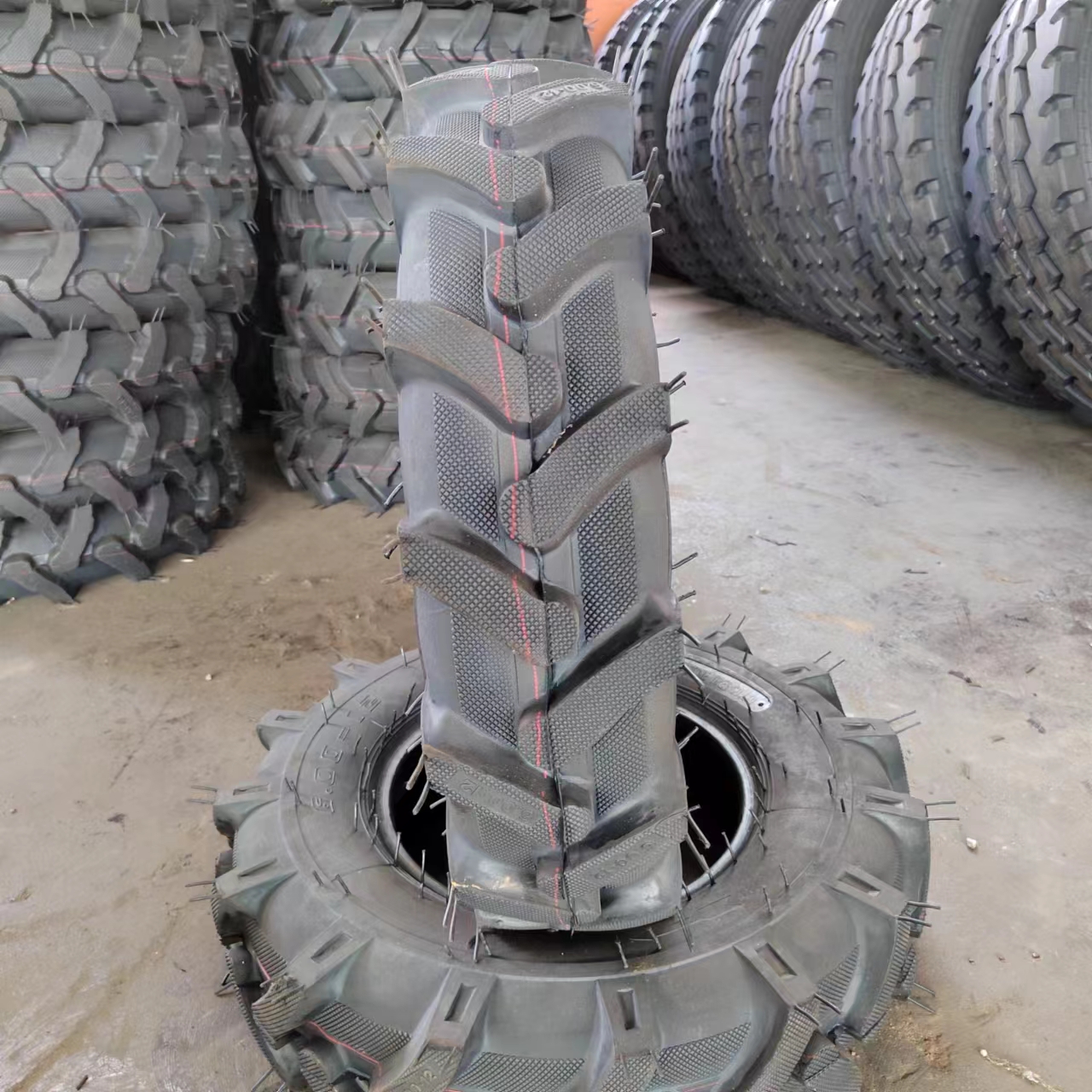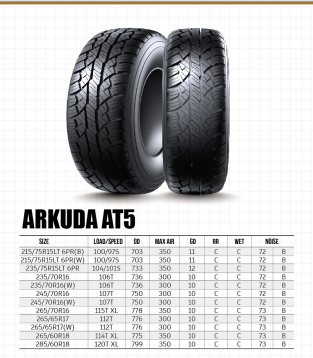Coal tar is one of the products in the crude gas produced by the pyrolysis of coal in the coking industry. Its output accounts for about 3% to 4% of the coal loaded into the furnace. Its composition is extremely complex. In most cases, it is specially separated and purified by the coal tar industry. Take advantage of it. The product is in the form of black viscous liquid at normal temperature and pressure. Each fraction can be further processed to separate a variety of products , such as camphor balls, asphalt , plastics , pesticides , etc.

basic introduction #
Coal tar is a black or brown viscous liquid, also known as coal tar. The odor is similar to naphthalene or aromatic hydrocarbons . It is a by-product of the carbonization of coal to produce coke and gas. The composition is complex, mainly a mixture of phenols , aromatic hydrocarbons and heterocyclic compounds . It is carcinogenic and belongs to IARC Category 1 carcinogen. It is mainly used to fractionate various phenols, aromatic hydrocarbons, alkanes, etc., and can be used to manufacture other dyes or drugs. The current industries involving coal tar also include direct combustion as fuel.
Physical and chemical properties #
Appearance and properties: black viscous liquid with special odor .
Relative density (water=1): 1.02~1.23
Opening flash point (℃): about 200℃
Solubility: Slightly soluble in water, soluble in most organic solvents such as benzene, ethanol, ether, chloroform, acetone and so on .
Mainly divided into: low temperature (450℃~650℃) dry distillation tar
Low temperature and medium temperature (600℃~800℃) furnace tar
Medium temperature (900℃~1000℃) vertical coal tar
High temperature (1000℃) coking tar
Derivatives (1) Naphthalene is used to prepare phthalic anhydride for the production of resins , engineering plastics , and dyes . Used in paints and medicines.
(2) Phenol and its homologues are used to produce synthetic fibers, engineering plastics , pesticides , medicines, fuel intermediates, explosives, etc.
(3) Anthracene is used to produce anthraquinone fuel, synthetic kneading agents and paints.
(4) Phenanthrene is an isomer of anthracene . Its content is second only to naphthalene. It has many uses. Due to its large output, it needs to be further developed and utilized.
(5) Carbazole is an important raw material for dyes, plastics, and pesticides.
(6) Asphalt is tar distillation residue and is a mixture of various polycyclic polymer compounds. It is used for making roof coatings , moisture-proof layers and road construction, producing asphalt coke and electric furnace electrodes , etc.
Basic use #
(1) Naphthalene is used to prepare phthalic anhydride for the production of resins, engineering plastics, and dyes. Used in paints and medicines.
(2) Phenol and its homologues are used to produce synthetic fibers, engineering plastics, pesticides, medicines, fuel intermediates, explosives, etc.
(3) Anthracene is used to produce anthraquinone fuel, synthetic kneading agents and paints.
(4) Phenanthrene is an isomer of anthracene. Its content is second only to naphthalene. It has many uses. Due to its large output, it needs to be further developed and utilized.
(5) Carbazole is an important raw material for dyes, plastics, and pesticides .
(6) Asphalt is the tar distillation residue and is a mixture of various polycyclic polymer compounds. It is used for making roof coatings , moisture-proof layers and road construction, producing asphalt coke and electric furnace electrodes, etc.
Related hazards #
Acts on the skin, causing dermatitis , acne, folliculitis , phototoxic dermatitis, toxic melanosis, warts and cancer. Can cause damage to the nasal septum.Environmental hazards: It is harmful to the environment and can cause pollution to the atmosphere .Fire and explosion hazard: This product is flammable and a carcinogen.
Hazardous characteristics: Its vapor and air can form an explosive mixture, which can easily burn and explode when exposed to open flames or high heat. Reacts violently on contact with oxidizing agents . If exposed to high heat, the internal pressure of the container will increase and there is a risk of cracking and explosion .
Preparation #
It is produced by carbonization of coal while isolating air and increasing heat.It is a liquid product obtained during the carbonization of coal. The tar obtained by high-temperature carbonization (i.e. coking) is called high-temperature carbonization coal tar (referred to as high-temperature coal tar). The tar obtained by low-temperature carbonization (see low-temperature carbonization of coal) is called low-temperature carbonization coal. Tar (referred to as low-temperature coal tar). The two have different compositions and properties, and their processing and utilization methods are different.
High-temperature coal tar is a black viscous liquid with a relative density greater than 1.0 and contains a large amount of asphalt. Other components are aromatic hydrocarbons and heterocyclic organic compounds . It contains more than 400 compounds that have been identified. Industrial centralized processing of coal tar is conducive to the separation and extraction of compounds with small content. The processing begins with distillation and segmentation into various fractions based on the boiling point range, and then further processing. The processing of each fraction uses crystallization methods to obtain products such as naphthalene and anthracene; acid or alkali extraction methods can be used to obtain nitrogen-containing basic heterocyclic compounds (called tar alkali) or acidic phenolic compounds (called tar ). Tar acid and tar alkali can be distilled and separated to obtain phenol, cresol, xylenol, pyridine , picoline and quinoline respectively. These compounds are important raw materials for dyes , medicines, spices, and pesticides. The distillate obtained from coal tar distillation can also be used directly without separation. For example, asphaltene can be used to produce various important products such as electrode coke and carbon fiber. Phenolic oil can be used for wood preservation, and washing oil can be used to recover crude benzene from gas. Absorbent and light oil are mixed into crude benzene and processed together.















